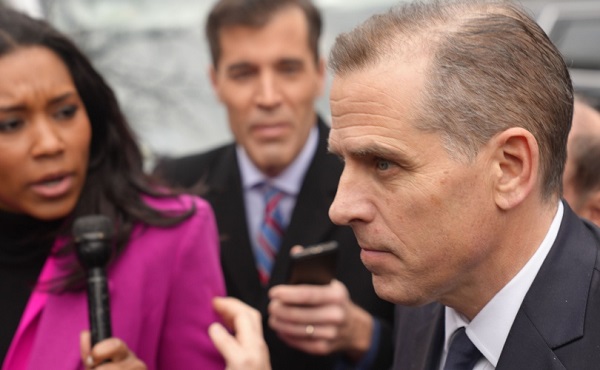Frontier Centre for Public Policy
Canada’s eco-extremism threat is flying under the radar

From the Frontier Centre for Public Policy
The dangerous rise in eco-extremism in Canada is fueled by identity politics and exaggerated climate anxieties
The rhetoric surrounding “decolonization” and identity politics, coupled with exaggerated concerns about climate change, is giving rise to a dangerous form of eco-extremism that is spreading unchecked across the country.
This trend is vividly illustrated by the February 2022 terrorist assault on a Coastal GasLink pipeline project site in British Columbia. Approximately 20 masked assailants armed with axes and flare guns descended upon the site, instilling fear among security personnel and workers and causing an estimated $20 million in damages, as reported by B.C.’s Independent Contractors and Business Association.
Had the mainstream media exercised greater journalistic diligence, they might have discerned the ideological motives behind the attackers, evident from the clues they left behind.
The Frontier Centre for Public Policy recently released a major report highlighting the looming threat of eco-extremism in Canada. Our research reveals a nexus with an “Indigeno-anarchist” movement that remains largely unmonitored by governmental bodies, media outlets, and security agencies.
Regrettably, governmental and media attention remains disproportionately fixated on extremism associated with the right-wing factions. Recall the undue emphasis on the convoy protests, falsely linked to extremist foreign influences.
Similarly, Canadians witnessed a tendency to downplay instances of arson and vandalism targeting nearly 100 churches despite clear links to fabricated allegations concerning residential schools.
Furthermore, a recent RCMP report warned about the dangers of “paranoid populism,” potentially stoking civil unrest over declining economic conditions. In February, CSIS voiced its concerns regarding an alleged “anti-gender” movement, purportedly posing a violent threat to the LGBTQ+ community in Canada. However, despite intense public debates on gender-related issues, no evidence emerged to support such claims of violence.
Elite institutions are fixated on exaggerated threats from the right while overlooking the looming threat emanating from far-left factions championing “decolonization” ideals, radicalized by anti-fossil fuel rhetoric.
The origins of this rhetoric can be traced to the toxic influences within Canada’s publicly funded universities, where self-proclaimed “Indigeno-anarchists” conduct recruitment drives and propagate toxic ideologies under the guise of academic freedom.
The masked, axe-wielding assailants of the Coastal GasLink attack left behind graffiti bearing the messages “LAND BACK” and “CGL EVICT,” which highlighted a broader ideological stance. While “LAND BACK” initially stemmed from Indigenous movements reclaiming sovereignty over ancestral lands, it has been co-opted by non-Indigenous actors subscribing to identity politics and anarchism, who resort to sabotage and property damage in pursuit of their agenda. The term became identified with the meaningless term “decolonization” and became associated with groups that wanted to “dismantle White supremacy.”
These groups, driven by a cocktail of identity politics and alarmist views on climate change, perceive fossil fuel projects as primary contributors to environmental degradation, disregarding nuances and complexities of the issue.
In recent years, many of these self-righteous anarchists rallied around the Wet’suwet’en conflict and its complicated relationship with the Coastal GasLink pipeline, aligning themselves with one faction opposed to the project despite broader community support. Although most activists opposing Coastal GasLink were peaceful, some resorted to unlawful tactics, including intimidation and property damage, tantamount to terrorism under the Criminal Code.
Lacking nuance, they attached themselves to one segment – a group claiming to be hereditary chiefs from the community but who were receiving funds from foreign environmental foundations – that was opposed to the project despite strong community support from the elected band government and the wider Wet’suwet’en community.
The RCMP deserves credit for establishing a specialized unit to address these attacks. However, it is time for Canada to finally address the “Indigeno-anarchist” threat.
First Nations must condemn these groups in one voice, and governments must use the Criminal Code and legislation to address eco-terrorist rhetoric and acts.
Joseph Quesnel is a senior research fellow with the Frontier Centre for Public Policy.
Education
Our Kids Are Struggling To Read. Phonics Is The Easy Fix

From the Frontier Centre for Public Policy
One Manitoba school division is proving phonics works
If students don’t learn how to read in school, not much else that happens there is going to matter.
This might be a harsh way of putting it, but it’s the truth. Being unable to read makes it nearly impossible to function in society. Reading is foundational to everything, even mathematics.
That’s why Canadians across the country should be paying attention to what’s happening in Manitoba’s Evergreen School Division. Located in the Interlake region, including communities like Gimli, Arborg and Winnipeg Beach, Evergreen has completely overhauled its approach to reading instruction—and the early results are promising.
Instead of continuing with costly and ineffective methods like Reading Recovery and balanced literacy, Evergreen has adopted a structured literacy approach, putting phonics back at the centre of reading instruction.
Direct and explicit phonics instruction teaches students how to sound out the letters in words. Rather than guessing words from pictures or context, children are taught to decode the language itself. It’s simple, evidence-based, and long overdue.
In just one year, Evergreen schools saw measurable gains. A research firm evaluating the program found that five per cent more kindergarten to Grade 6 students were reading at grade level than the previous year. For a single year of change, that’s a significant improvement.
This should not be surprising. The science behind phonics instruction has been clear for decades. In the 1960s, Dr. Jeanne Chall, director of the Harvard Reading Laboratory, conducted extensive research into reading methods and concluded that systematic phonics instruction produces the strongest results.
Today, this evidence-based method is often referred to as the “science of reading” because the evidence overwhelmingly supports its effectiveness. While debates continue in many areas of education, this one is largely settled. Students need to be explicitly taught how to read using phonics—and the earlier, the better.
Yet Evergreen stands nearly alone. Manitoba’s Department of Education does not mandate phonics in its public schools. In fact, it largely avoids taking a stance on the issue at all. This silence is a disservice to students—and it’s a missed opportunity for genuine reform.
At the recent Manitoba School Boards Association convention, Evergreen trustees succeeded in passing an emergency motion calling on the association to lobby education faculties to ensure that new teachers are trained in systematic phonics instruction. It’s a critical first step—and one that should be replicated in every province.
It’s a travesty that the most effective reading method isn’t even taught in many teacher education programs. If new teachers aren’t trained in phonics, they’ll struggle to teach their students how to read—and the cycle of failure will continue.
Imagine what could happen if every province implemented structured literacy from the start of Grade 1. Students would become strong readers earlier, be better equipped for all other subjects, and experience greater success throughout school. Early literacy is a foundation for lifelong learning.
Evergreen School Division deserves credit for following the evidence and prioritizing real results over educational trends. But it shouldn’t be alone in this.
If provinces across Canada want to raise literacy rates and give every child a fair shot at academic success, they need to follow Evergreen’s lead—and they need to do it now.
All students deserve to learn how to read.
Michael Zwaagstra is a public high school teacher and a senior fellow at the Frontier Centre for Public Policy.
Economy
Support For National Pipelines And LNG Projects Gain Momentum, Even In Quebec
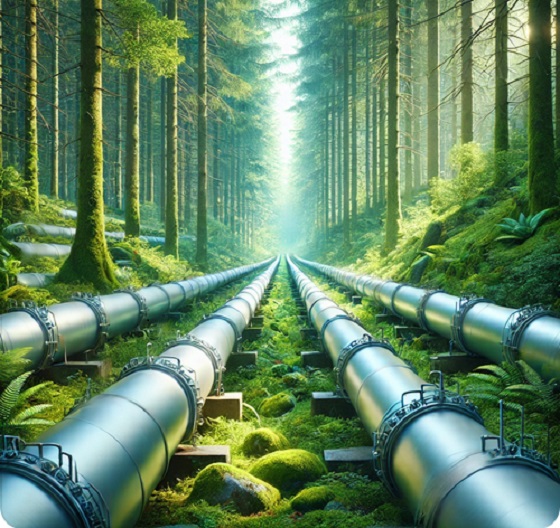
From the Frontier Centre for Public Policy
Public opinion on pipelines has shifted. Will Ottawa seize the moment for energy security or let politics stall progress?
The ongoing threats posed by U.S. tariffs on the Canadian economy have caused many Canadians to reconsider the need for national oil pipelines and other major resource projects.
The United States is Canada’s most significant trading partner, and the two countries have enjoyed over a century of peaceful commerce and good relations. However, the onset of tariffs and increasingly hostile rhetoric has made Canadians realize they should not be taking these good relations for granted.
Traditional opposition to energy development has given way to a renewed focus on energy security and domestic self-reliance. Over the last decade, Canadian energy producers have sought to build pipelines to move oil from landlocked Alberta to tidewater, aiming to reduce reliance on U.S. markets and expand exports internationally. Canada’s dependence on the U.S. for energy exports has long affected the prices it can obtain.
One province where this shift is becoming evident is Quebec. Historically, Quebec politicians and environmental interests have vehemently opposed oil and gas development. With an abundance of hydroelectric power, imported oil and gas, and little fossil fuel production, the province has had fewer economic incentives to support the industry.
However, recent polling suggests attitudes are changing. A SOM-La Presse poll from late February found that about 60 per cent of Quebec residents support reviving the Energy East pipeline project, while 61 per cent favour restarting the GNL Quebec natural gas pipeline project, a proposed LNG facility near Saguenay that would export liquefied natural gas to global markets. While support for these projects remains stronger in other parts of the country, this represents a substantial shift in Quebec.
Yet, despite this change, Quebec politicians at both the provincial and federal levels remain out of step with public opinion. The Montreal Economic Institute, a non-partisan think tank, has documented this disconnect for years. There are two key reasons for it: Quebec politicians tend to reflect the perspectives of a Montreal-based Laurentian elite rather than broader provincial sentiment, and entrenched interests such as Hydro-Québec benefit from limiting competition under the guise of environmental concerns.
Not only have Quebec politicians misrepresented public opinion, but they have also claimed to speak for the entire province on energy issues. Premier François Legault and Bloc Québécois Leader Yves-François Blanchet have argued that pipeline projects lack “social licence” from Quebecers.
However, the reality is that the federal government does not need any special license to build oil and gas infrastructure that crosses provincial borders. Under the Constitution, only the federal Parliament has jurisdiction over national pipeline and energy projects.
Despite this authority, no federal government has been willing to impose such a project on a province. Quebec’s history of resisting federal intervention makes this a politically delicate issue. There is also a broader electoral consideration: while it is possible to form a federal government without winning Quebec, its many seats make it a crucial battleground. In a bilingual country, a government that claims to speak for all Canadians benefits from having a presence in Quebec.
Ottawa could impose a national pipeline, but it doesn’t have to. New polling data from Quebec and across Canada suggest Canadians increasingly support projects that enhance energy security and reduce reliance on the United States. The federal government needs to stop speaking only to politicians—especially in Quebec—and take its case directly to the people.
With a federal election on the horizon, politicians of all parties should put national pipelines and natural gas projects on the ballot.
Joseph Quesnel is a senior research fellow with the Frontier Centre for Public Policy.
-

 Also Interesting1 day ago
Also Interesting1 day agoMortgage Mayhem: How Rising Interest Rates Are Squeezing Alberta Homeowners
-

 2025 Federal Election2 days ago
2025 Federal Election2 days agoConservative Party urges investigation into Carney plan to spend $1 billion on heat pumps
-

 2025 Federal Election2 days ago
2025 Federal Election2 days agoCommunist China helped boost Mark Carney’s image on social media, election watchdog reports
-

 Also Interesting2 days ago
Also Interesting2 days agoExploring Wildrobin Technological Advancements in Live Dealer Games
-
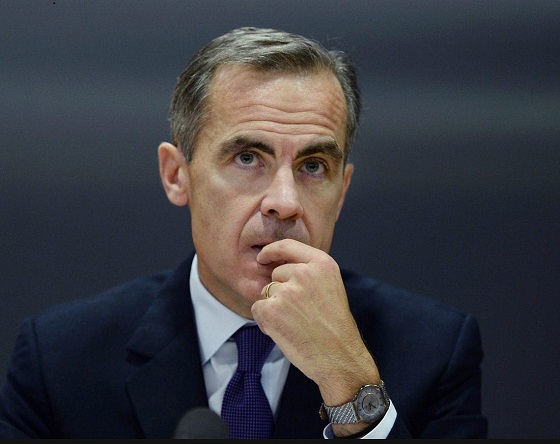
 2025 Federal Election2 days ago
2025 Federal Election2 days agoFifty Shades of Mark Carney
-
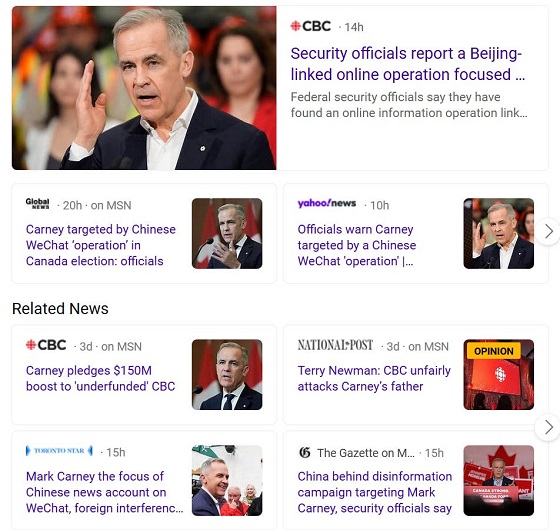
 2025 Federal Election2 days ago
2025 Federal Election2 days agoCorporate Media Isn’t Reporting on Foreign Interference—It’s Covering for It
-

 Business1 day ago
Business1 day agoStocks soar after Trump suspends tariffs
-
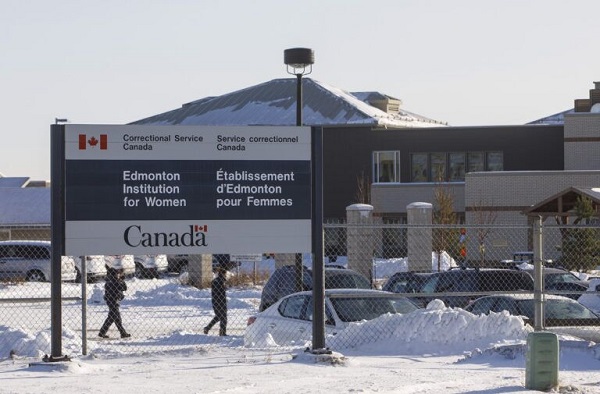
 Justice2 days ago
Justice2 days agoCanadian government sued for forcing women to share spaces with ‘transgender’ male prisoners



